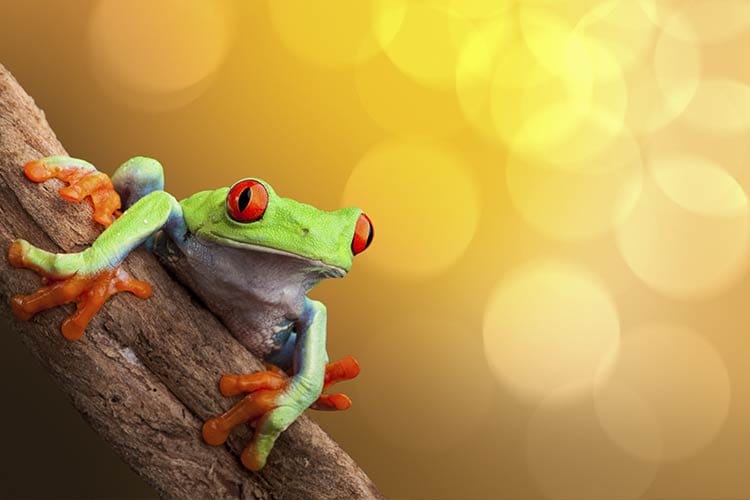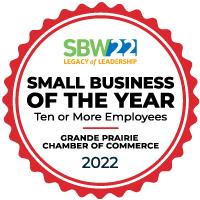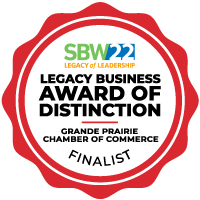Colour conveys meanings and feelings. It stimulates the senses, boosts memory, and is an instantaneous method of conveying messages. It is powerful, persuasive and subliminal.
Colour psychology is one of the most powerful tools used by marketers and designers to influence consumer behaviour. With the right use of colour you can calm crowds of shoppers, increase sales, or draw a customer’s eyes to your product among the sea of competing products on the shelf.
Along with designers, no one has a better understanding of colour theory and its impact than image consultants.
Think back to earlier this year as we watched Tiger Woods’ highly publicized public apology. Gone was the red shirt he so often confidently sports. In its place, as he solemnly faced the cameras, he wore a blue blazer with a soft, periwinkle blue shirt.
Coincidence? No more than it was a coincidence that Chris Brown and Bill Clinton also donned blue when they faced the world and issued their apologies. Blue is the “it” colour of apologies. It’s the hue we trust the most. We believe blue more than any other colour.
Colour theory is also applied in the fast food industry. Many of these fast food outlets are decorated in orange and red. Research has shown these colours stimulate metabolism, encouraging customers to eat quickly and leave.
Different age groups and cultures respond to colour differently, so it is important to know your market when you use colour. Make sure that the colour scheme you use on your website, brochures, ads, logos and other marketing materials compliment the words and images you use, and that the cultural meaning of colours you choose don’t offend your target market.
The following is a quick overview of the meaning of basic colors in the Western Hemisphere. As you embark on your next marketing projects, think about what you are “telling” your audiences through your choice of colour.
Black – Black is elegant and sophisticated, and exudes power and style. Interestingly, it can also convey death. It works well with many colours, and is popular with a range of companies.
Yellow – Yellow is often associated with energy, youth, optimism and joy. It grabs attention with its inviting quality. The eye sees bright yellow before it sees any other colour. Yellow is very popular among children’s brands.
Green – Green is quite a neutral colour and is associated with safety and harmony. Dark green is associated with wealth. Many environmental and self-wellness brands use green as it evokes a feeling of nature and freshness.
Blue – Blue is a safe choice in building customer loyalty as it is a trustworthy colour. It suggests stability and professionalism, and is a strong colour in brand identity. Because blue is also associated with money, it works well with the quality of trust.
Purple – Purple is often associated with power and nobility. If you want to convey decadence, this is a colour that works well. On the other hand, purple can also represent sensuality, spirituality and magic, and is popular with brands associated with meditation and healing.
Pink: Hot pink signifies youthfulness, fun and energy. Lighter pinks are more romantic and calming.
Red – Red has many representations including energy, danger, strength, boldness, desire and love. It injects excitement into your brand.
Orange – Orange evokes a sense of enthusiasm and vibrancy. It’s cheerful and creative, and portrays a sense of fun.
Brown – Brown suggests reliability, stability and friendship. As the colour of the earth, it can be used to represent nature.
Grey – Grey is probably the most practical, conservative and serious shade. It can be a powerful choice in enhancing other colours. Too much grey, however, can be depressing so use wisely.
White – Using white is very popular as it creates a feeling of cleanliness and free space, which promotes creativity. It is not overbearing and evokes a feeling of purity and simplicity.
This explanation of colour theory in marketing really just scratches the surface. What’s important to remember is that colour can set the mood and influence people to read your content. What it CAN’T do is replace well-written content.
You can have stunning graphics and top-notch design, but if your content is poorly written, you’re left with a pretty marketing piece that will end up in the recycle bin.
It’s the combination of great design and the right colour choices, blended with well-written content in your marketing materials that will “pack the punch” – getting you the results and sales you’re striving to achieve.










